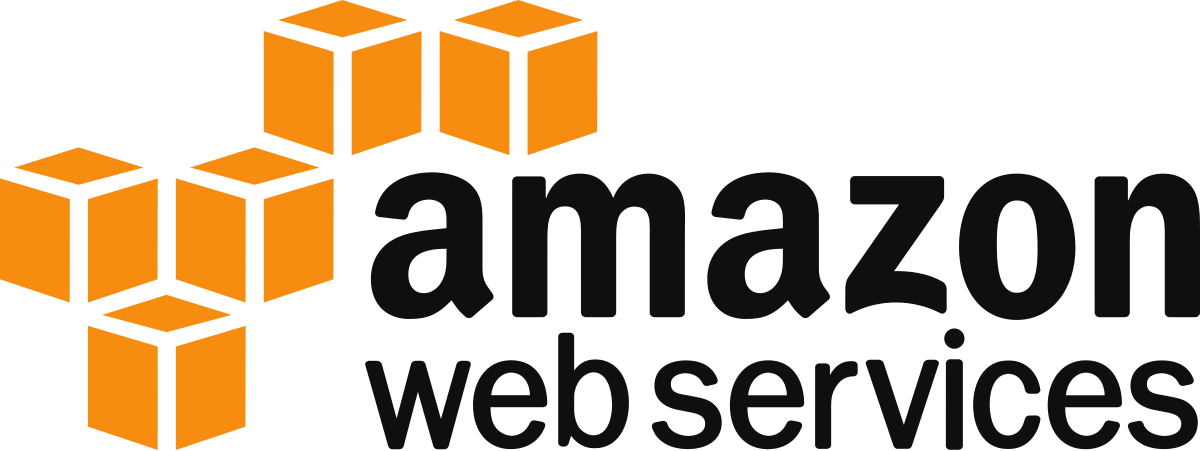The Amazon brand is so ubiquitous that you’d be forgiven for ignoring the Amazon Web Services alternatives. Ignore the available cloud infrastructure options at your own peril though as there are some phenomenal options available.
What Exactly Is AWS?
Amazon Web Services (or AWS) is a cloud computing platform that offers over 120 cloud services. You read that right, “over 120 cloud services”. Those services span infrastructure as a service (IaaS), platform as a service (PaaS) and software as a service (SaaS). That means you can get computing power, database storage and a content delivery network all from the same place.
So it’s safe to say that AWS offer a relatively broad range of services…
All of which begs the question as to why anyone would go anywhere else.
The Problem With Choice
That staggering range of services is both a positive and negative. It creates mass appeal but the choice is both overwhelming and honestly confusing.
Oh, and speaking of “confusing”, AWS has a pricing structure that you’d need to be an accountant to understand. AWS Instances is a cracking example of this, with prices differing across 10 operating systems and 16 regions. Once you factor in Amazon’s constant barrage of special offers and upgrade plans it quickly becomes a morass from which it’s difficult to draw any sense whatsoever.
If you’re a company interested in moving to the cloud then you’d likely have to either educate your existing IT team to handle the migration through AWS or pay for specialised consultancy services.
Either scenario is likely to drive you into the arms of a competitor to AWS.
Alternatives to AWS
In a world where Jeff Bezos flies to space and owns the company that flogs everything from toilet paper to pogo sticks you’d be forgiven for wondering whether there even are any alternatives to AWS.
The alternatives you’ve likely heard of
Gartner is a technology consulting firm headquartered in Stamford. According to their 2020 paper, “Magic Quadrant for Cloud Infrastructure-as-a-Service”, the following are the 6 primary providers of cloud computing services:
- Amazon Web Services
- Microsoft Azure
- Google Cloud
- Alibaba Cloud
- Oracle Cloud
- IBM Cloud
We’ll lovingly refer to these as “the big 6” from here on out.
Gartner comments that AWS is often seen as a “safe choice” provider, but echoes our argument that their pricing options and plethora of services are confusing to even “highly agile, expert IT organisations, including AWS partners”.
Quite the back-handed compliment there.
The ones you might not have heard of
This brings us to those IaaS providers that might be flying under your radar. Ladies and gentlemen, I introduce “the minnows”:
- Kamatera
- Vultr
- Cloudways
Please don’t assume that’s a derogatory nickname. These lesser known service providers are actually more suitable for a great many companies out there and arguably provide a more boutique service.
Related: The 5 Best GoDaddy Alternatives For Web Hosting
What Does The Competition Have To Offer?
So you’re not sold on AWS and have decided to explore other options. So what does the competition offer, other than simplicity, and in what manner are they superior or lacking in comparison to AWS’ comprehensive service package?
Microsoft Azure
Let’s begin with the old and bold.
Microsoft is like that old Ford your grandmother used to drive. Well priced, damn near indestructible and found pretty much everywhere. It’s strong position in the IaaS market is based on exactly those facets. Microsoft’s been a long-time staple for businesses due to their ubiquitous office software and ease of access. This blend of brand awareness and enterprise solution reputation often makes them a natural choice for cloud migration.
Microsoft broadened their appeal by going one step further and easing the process for those few businesses that had never had any exposure to the Microsoft suite of software through the release of the Microsoft Azure Stack in 2017.
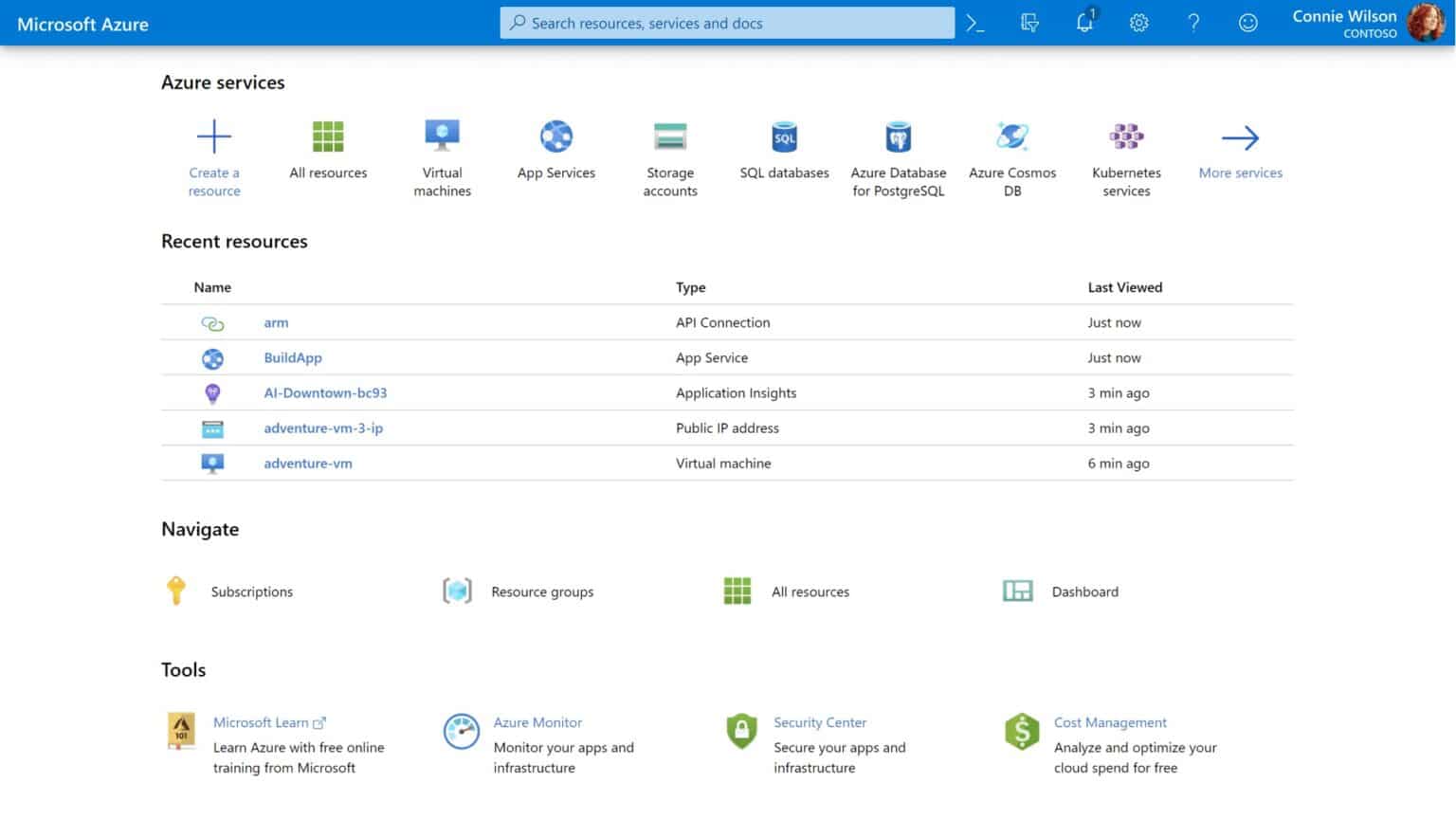
Businesses could choose to use their own data centre, a hosting data centre or the cloud when deploying services. Hell, they were probably free to use their uncle’s data centre! (provided that he had one). The Azure Stack rapidly developed a reputation for flexibility and (more importantly) scalability; winning over reluctant migrations by allowing them to remain in control of important factors such as cost, performance and security.
This accessibility was further compounded through the announcement of Azure Arc. Users could now configure and manage containerised workloads across data centres and public clouds (including AWS and Google). This (rightfully) reinforced Azure’s reputation as a multi-cloud friendly environment in which users could manage workloads across numerous IaaS providers.
Microsoft has a strong roster of Azure features including both Linux and Windows virtual machines, Kubernetes, APIs, SQL, virtual desktops, app services, and the list goes on…
Their broad offering, coupled with strong discounts for existing Microsoft users and ease of access magnifies their appeal across all audiences.
Google Cloud Platform (GCP)
Android natives are going to find GCP warm and comfortable In exactly the same way that Microsoft users feel at home in Azure.
There’s a fair chance that you have a Gmail account, and if you’re not typing away in Microsoft Office then you’re likely using Google Docs to compose the next great American novel. This all means that Google’s development of an application ecosystem is paying the sort of dividends already reaped by Microsoft. Namely, that their cloud integrates seamlessly with their suite of applications and is the preferred option for Android developers. This is compounded by Google’s leading the pack in container deployment and management; All while boasting significantly lower prices than AWS as well.
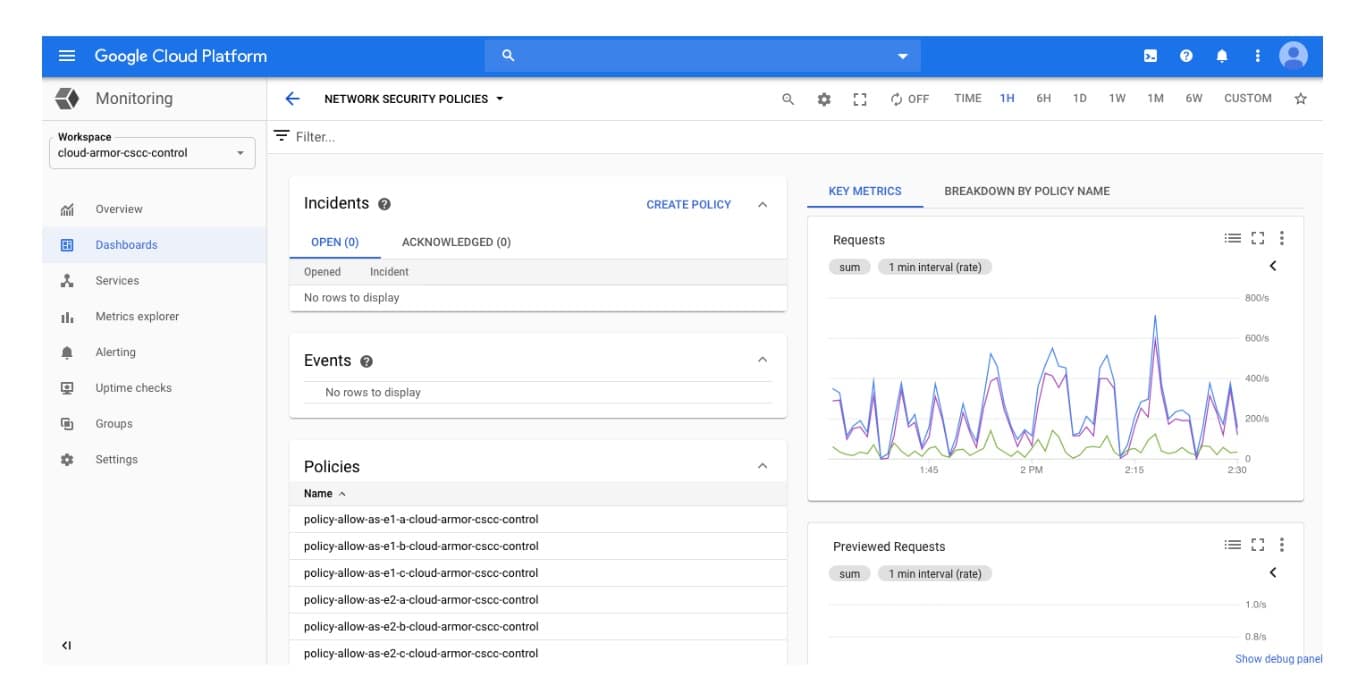
However, the real unique selling point is Google’s play for the future. Their heavy investment in machine learning and artificial intelligence is arguably setting them apart from their competitors in the field of cloud computing. GCP is actively removing barriers to access for machine learning (ML) and artificial intelligence (AI) services. This is securing their future market position and enabling model and application refinement through the detailed analysis of processes and workflows. And AI, indeed, has huge promises, thanks to the developments in data annotation and model training techniques.
GCP’s brand awareness (shout out to Microsoft), hybrid cloud environment compatibility and field leading container services, AI and ML services provide a strong all round offering that’s tough to ignore.
Alibaba Cloud
Alibaba have made some incredible strides in the IaaS field and are not only competing with AWS but are now, in many respects, offering features that improve upon the AWS offering. This is staggering considering I wouldn’t have even bothered including them in this review of AWS competitors 2 years ago.
Alibaba’s cloud infrastructure is truly massive and spans 22 regions. All the usual usual cloud offerings such as content delivery networks, comprehensive security and scalability are present here, but their elastic compute service (ECS) stands out. This strengthens their scalability with regards to architecture and network design, enabling clients to leverage automation in asset and resource requirements.
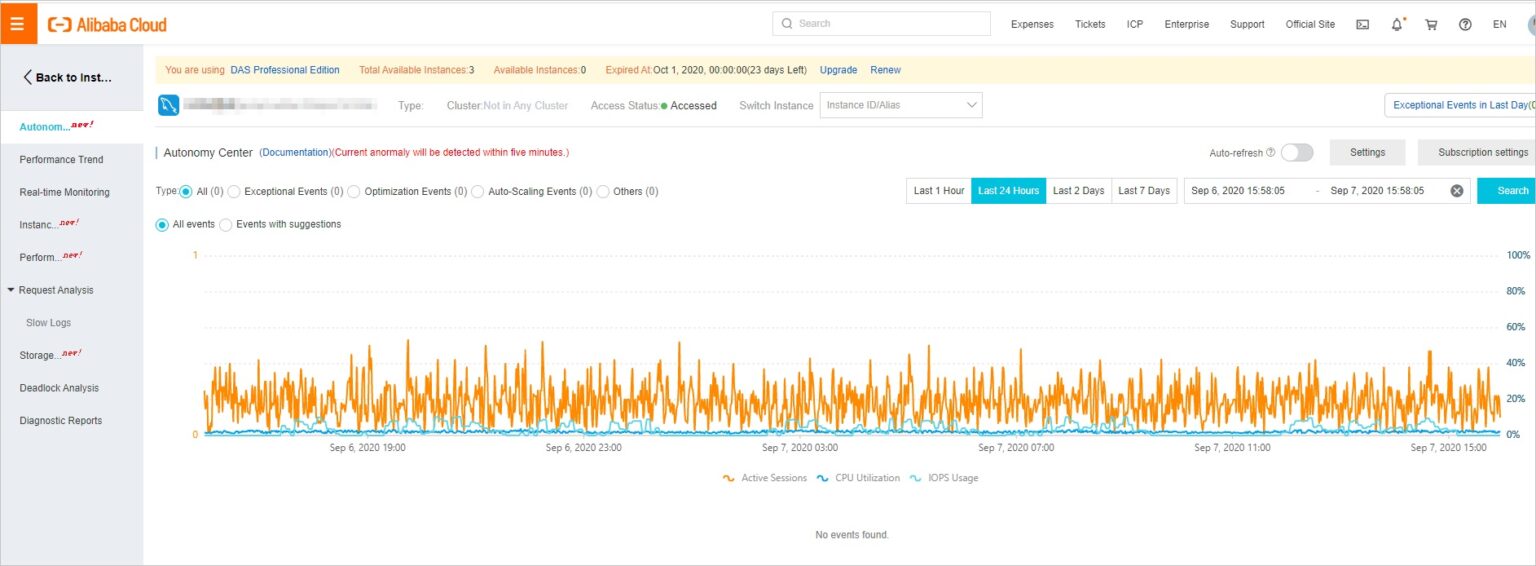
It’s also worth noting that Alibaba’s user interface (UI) is second to none in terms of ease of access. All services are managed from a single central dashboard, which is incredibly impressive given the plethora of offerings.
_Related: _The best web hosting for small businesses
Oracle Cloud
Oracle’s name has been synonymous with innovation for the past forty years. Indeed, they actually developed AWS’ relational database service and their applications can easily be integrated into the Azure cloud.
The company has reported strong growth since entering the IaaS arena and Gartner attributes this to “a well designed platform with a thoughtful selection of features at a competitive price point”. This is an overly complex way of saying, “they have a decent product and don’t try to rob you”.
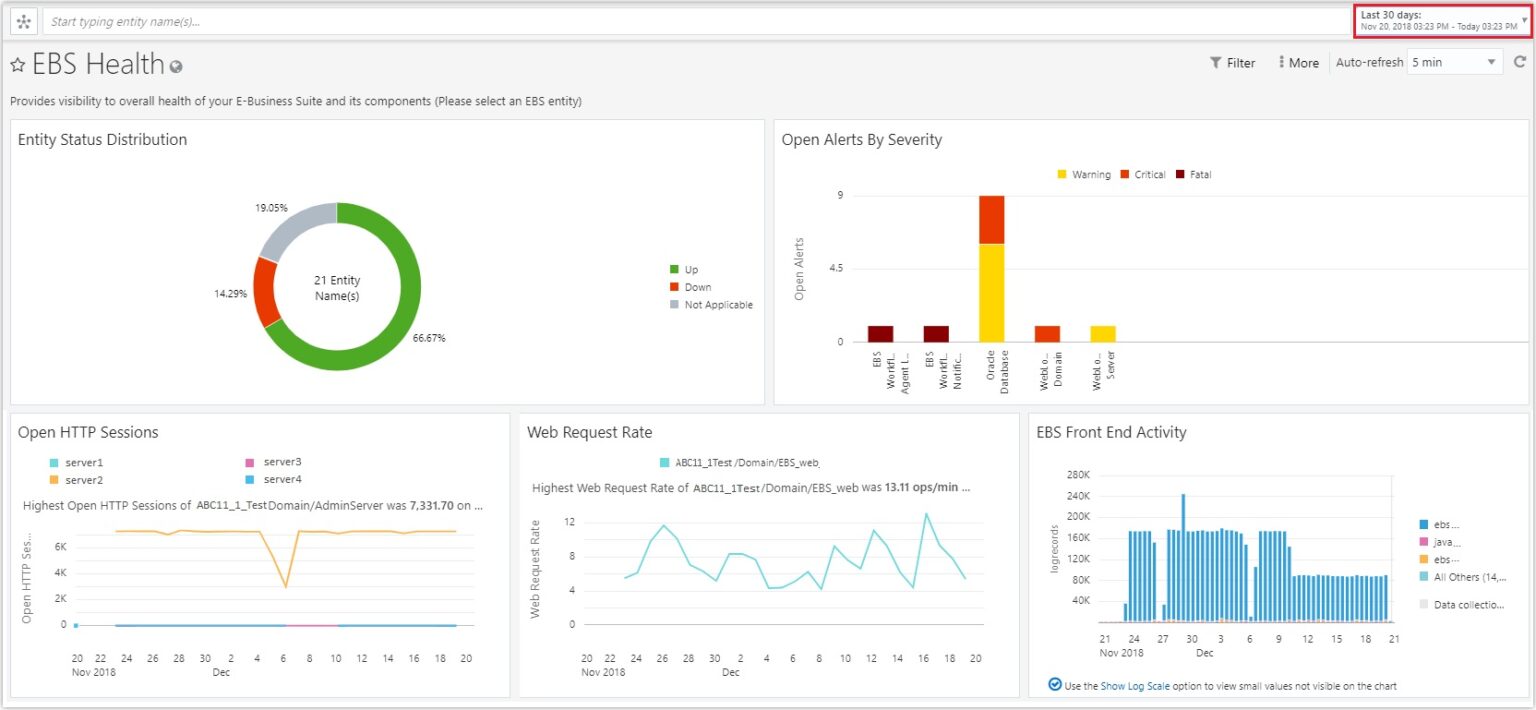
Those who rally to the AWS banner and argue that their beloved Bezos offers a cheaper service are overlooking one important factor. There are no hidden costs with Oracle. Indeed, they’ve demystified the cloud pricing issue by implementing a price comparison chart and cost estimator, enabling cost projection and factoring prior to migrating.
Data management, application development, integration, business analytics, security and systems all benefit from their own dedicated servers. Compatibility also isn’t an issue as Oracle’s hand was further strengthened when it announced the release of their “Autonomous database”. Businesses leveraged the database to “automate management to deliver unprecedented availability, security and performance at a significantly lower cost” and reported performance improvements of over tenfold.
IBM Cloud
We can’t mention IBM Cloud as an AWS alternative without focusing on their “bare metal” service. IBM’s spurning of virtualised servers has rendered a hypervisor layer redundant which, in turn, frees up more processing power for the application itself. This single tenant system for servers also enhances security, thereby broadening IBM’s appeal in certain sectors.
You’re probably sitting there scratching your head and screaming, “but other IaaS providers offer a bare metal service!” at your screen; and you’re right. The difference, however, is that IBM also has a “softlayer” service that allows you to transport your workloads between a virtualised and bare metal environment at the click of a button.
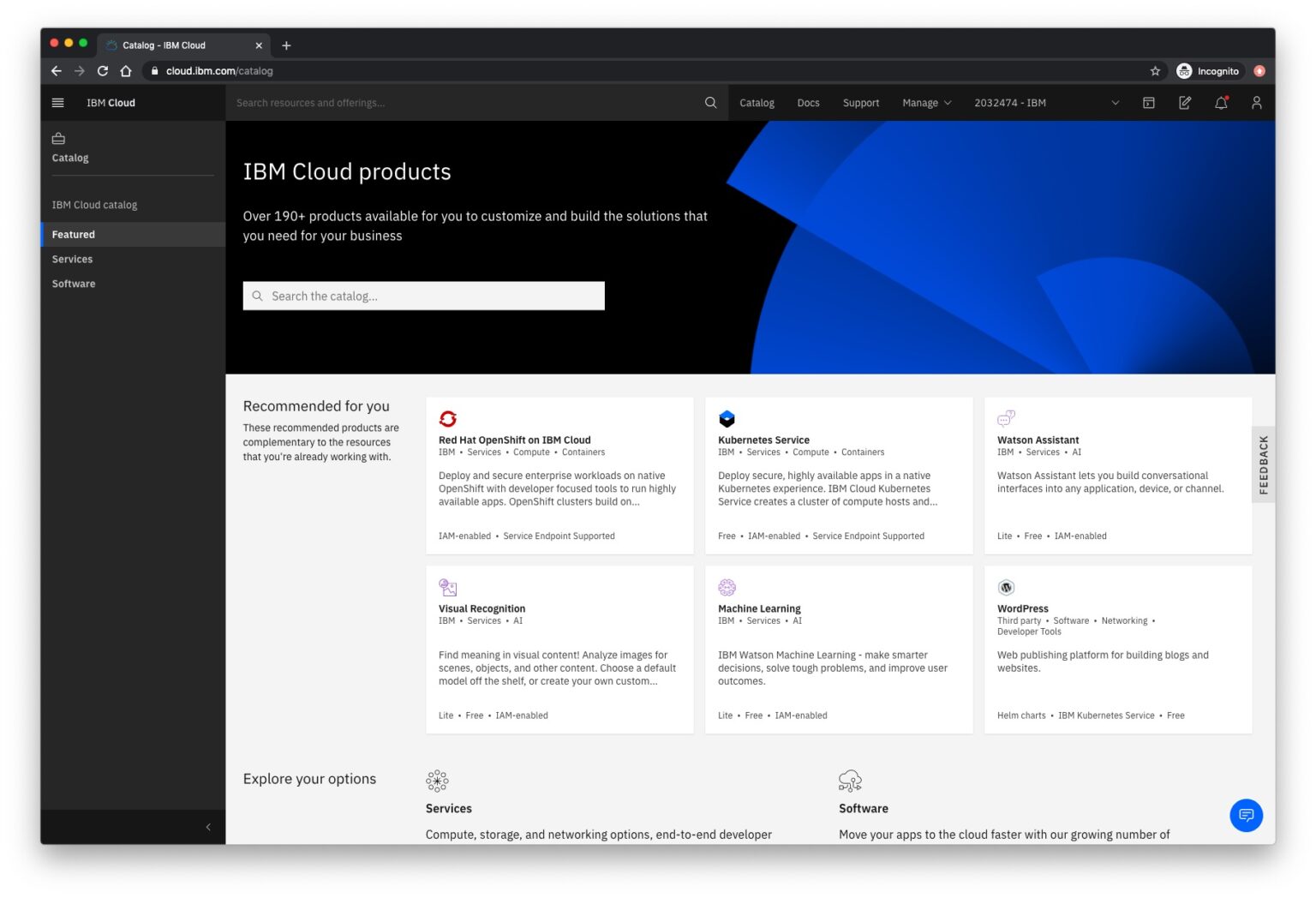
Security, simplicity and a great deal of processing power all makes IBM the likely choice of IaaS provider for any budding Marvel villain.
Kamatera
Kamatera is rapidly gaining ground and becoming touted as the economical alternative to AWS. Their 4 cloud offerings can broadly be grouped under two main umbrellas; cloud infrastructure and managed cloud services. After hosting, network and security? Then it’s cloud infrastructure for you. Interested in the offloading and / or automation of digital assets? Then shelter beneath the second umbrella.
Kamatera’s extremely easy to scale and offer more than 100 Linux distributions. You can rapidly set up virtual machines for any operating system and they offer APIs for easy service monitoring.

Kamatera actively targets the startup and SaaS developer demographics through tailored business solutions; teaming them with impressively low prices and personalised customer service.
Their 13 data centres primarily centred around the Middle East mean they’re an excellent choice for SaaS startups and entrepreneurs in the region.
Vultr
If you’re seeking an abundance of power and no frills then Vultr might just be the option for you.
Not only do Vultr offer both dedicated fully automated and bare metal servers, but also allows users to deploy for any operating system. They also boast 4 more servers than their competitor Kamatera, with each running 3+ Ghz Intel CPUs and SSD storage. This means they’re capable of running over 30 million server instances, facilitating scalability whilst negating the risk of outages.
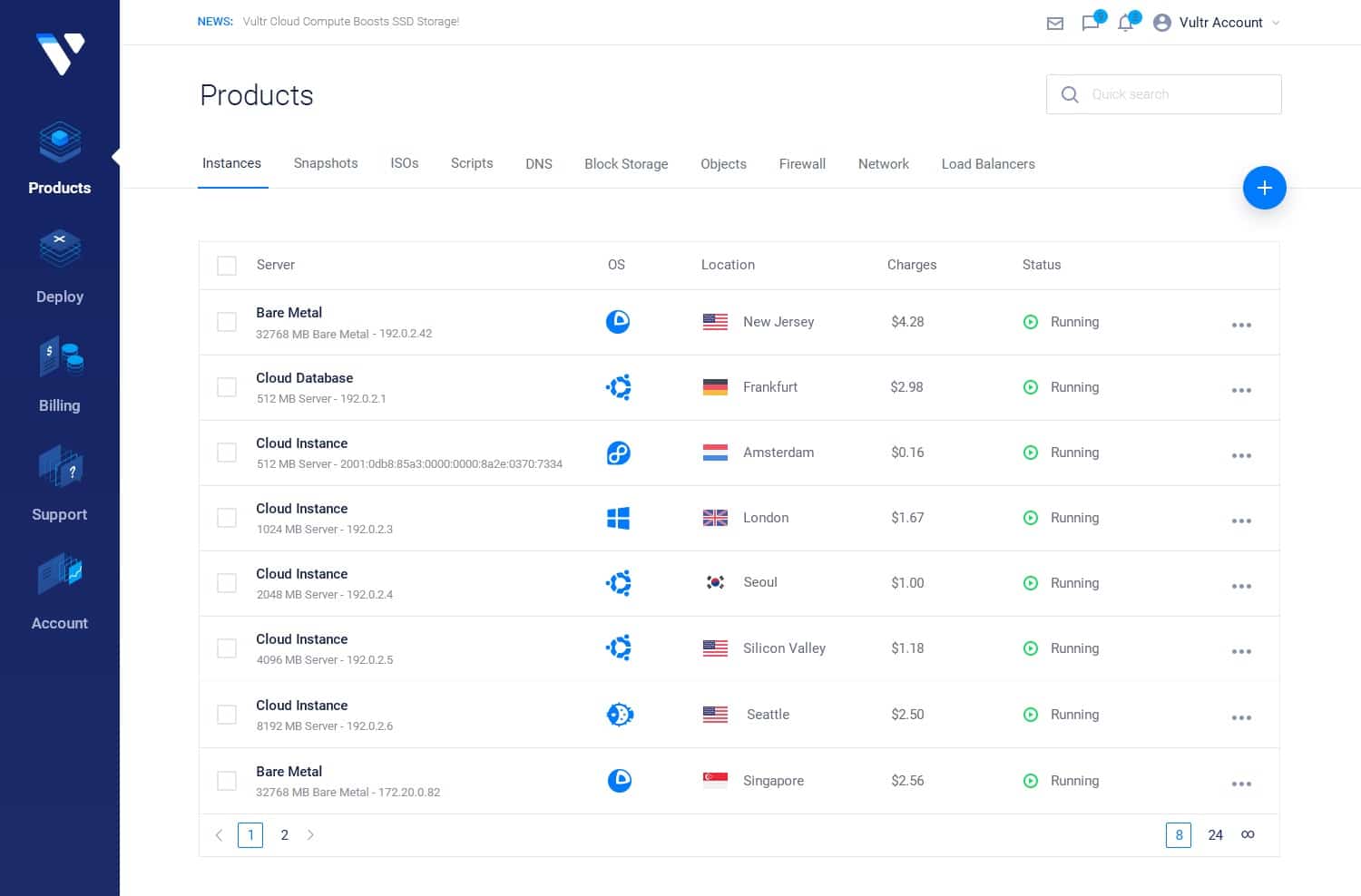
Simplicity is the watchword for both their APIs and pricing. Data extraction is achieved through a few simple lines of code and a cost comparison chart with packages separated by metrics such as “performance” and “regularity” means the consumer can make an informed choice.
Administrators will love the simple dashboard and the single click Plesk deployment that manages the entire installation of a new instance. Intuitive navigation means you can easily set reporting schedules and parameters.
Cloudways
Still sold on AWS eh?
Well, if you’re intent on remaining within the warm embrace of papa Bezos then Cloudways could well be the option for you.
Cloudways is a platform as a service (PaaS) that provides a single, easy to use control panel from which you can manage cloud deployment on AWS, GCP, Vultr and near enough all of the aforementioned cloud providers.
One of the largest gripes with AWS is their bafflingly complex UI and resultant poor user experience (UX). Managing the service through Cloudways means you can leverage AWS’ admittedly impressive infrastructure without having to constantly wrestle with their 1980s approach to UX.
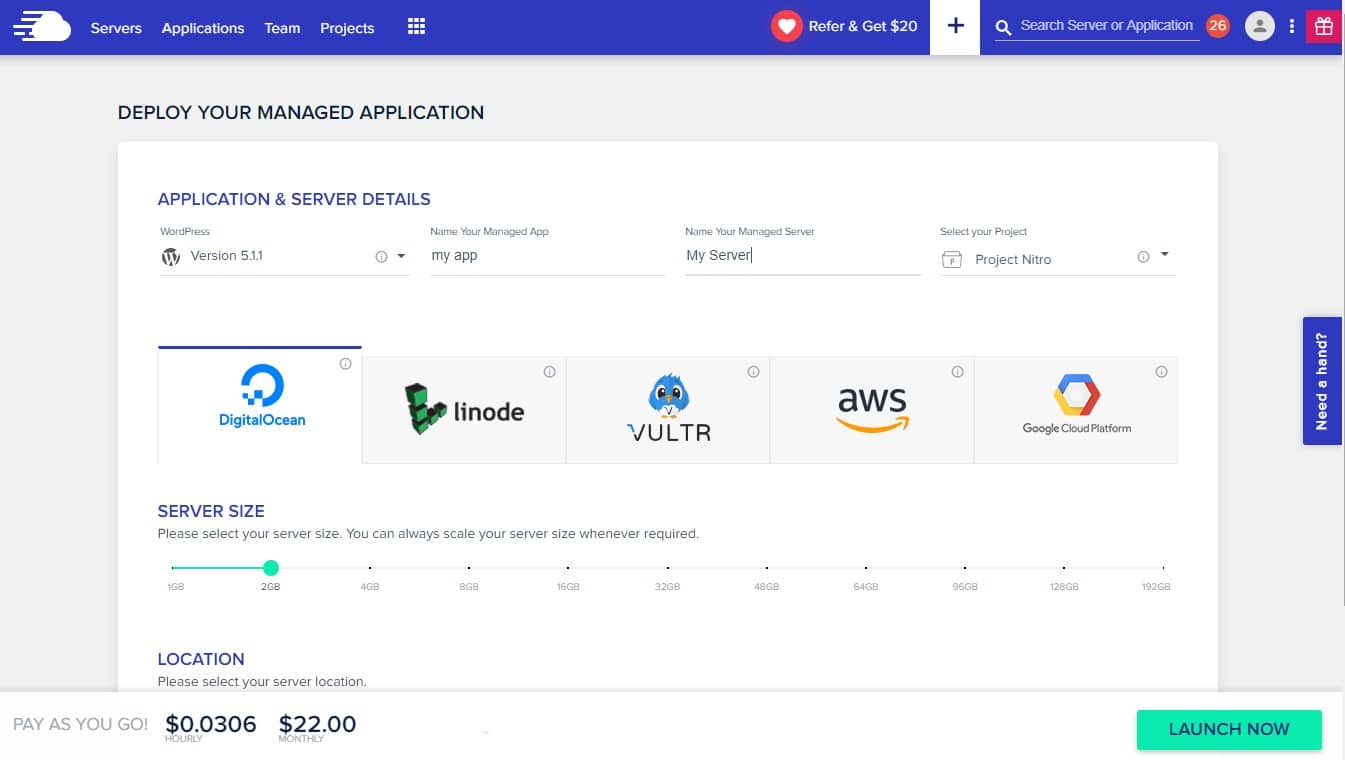
On top of this, you also benefit from Cloudways in built caching system that handles both the combined tasks of Varnish HTTP Cache, Memcached and Nginx and full page caching for content management systems (CMS) such as Wordpress.
You can choose the data centre closest to you from their roster of 25 and a subscription also gives you access to their developer tools such as Git integration and staging areas.
Related: Not yet ready to migrate to the cloud? Host your website in 30 seconds instead!
The World Beyond AWS
AWS’ intimidating array of services and baffling UX isn’t unique for the IaaS industry. The days of a “one size fits all” approach for cloud migration are a thing of the past though, and it’s now imperative that businesses take a nuanced approach when making this crucial step.
Fortunately, you should now be armed with everything you need to navigate the shoals and make the informed decision that will allow you to safely and easily migrate to the cloud, boosting efficiency and unlocking new growth.

